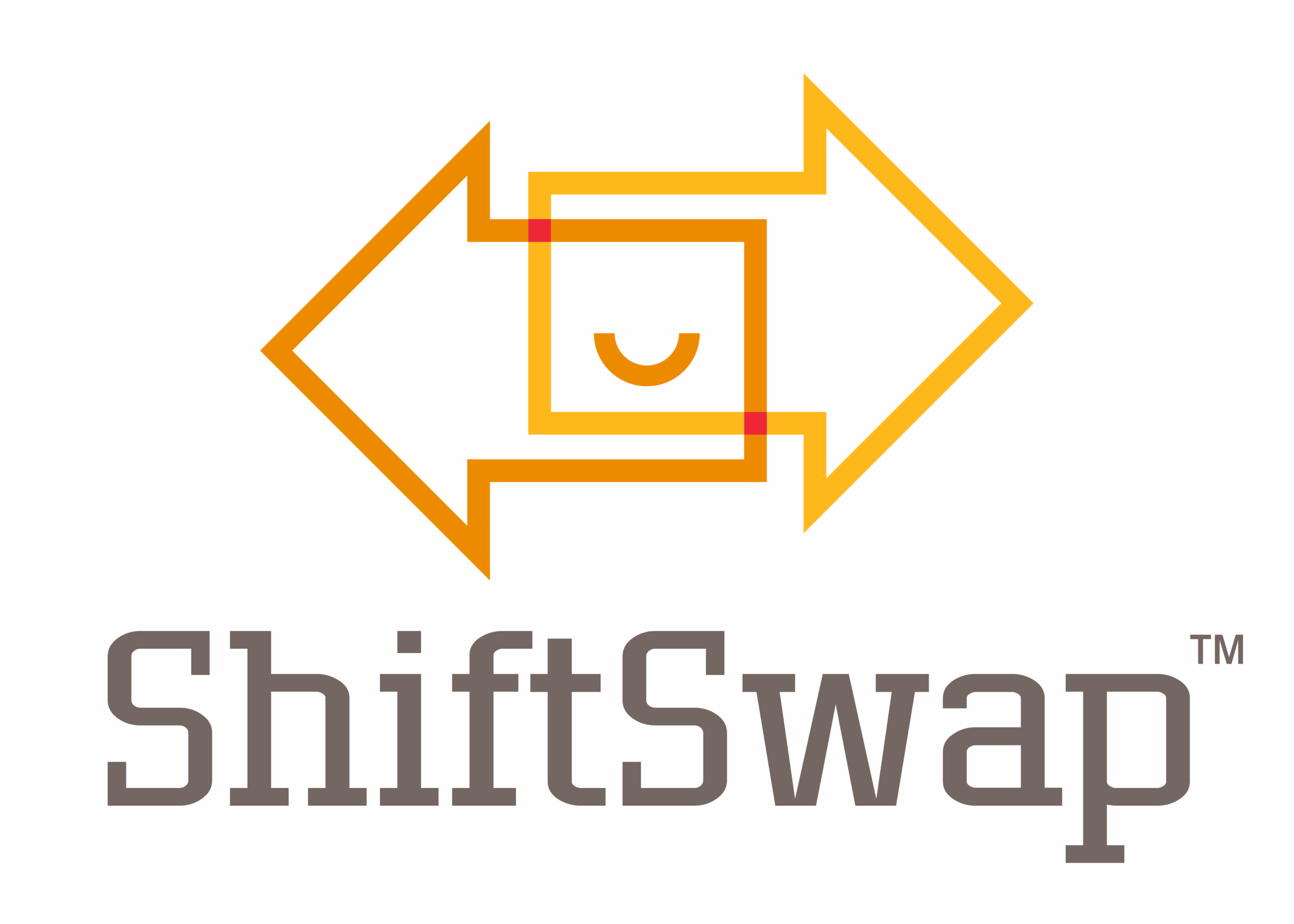A Guide to Reducing Turnover Costs
High workforce turnover is an issue that impacts businesses in more ways than one. In a recent Supply Chain Brain article, “Workforce Turnover Can Be Improved With Detailed Analysis,” Helen Atkinson highlights the critical role of understanding the deeper patterns and factors behind employee departures. Building on her insights, we explore how organizations can use data-driven strategies to identify these patterns and take actionable steps to improve retention.
From the financial burden of replacing employees to the ripple effects on team morale and customer satisfaction, turnover costs can weaken even the most successful companies. According to the Department of Labor research, replacing a single worker can cost a company up to 30% of that worker’s annual salary. When factoring in intangible costs like a damaged employer brand and reduced team cohesion, these figures soar to 100-200% of the worker’s annual salary.
For managers on the front lines, these numbers aren’t just statistics; they reflect the day-to-day struggles of keeping operations running smoothly while juggling recruitment, training, and overtime budgets. So, how can organizations reduce workforce turnover? The answer lies in leveraging data-driven tools to identify, understand, and address the root causes of employee departures.
Understanding the Cost of Turnover
Many businesses underestimate how much workforce turnover drains resources. Turnover doesn’t just affect the bottom line; it seeps into every aspect of operations. Businesses face losses from decreased productivity, overtime pay for understaffed teams, and delays in training new hires to reach full efficiency.
The impact doesn’t stop there. Workforce turnover also harms employee morale. When one team member leaves, others often follow, creating a vicious cycle of instability. Furthermore, the company’s reputation as an employer can suffer, making it harder to attract top talent.
Why Data-Driven Retention Methods Work
Many managers fall into the trap of oversimplifying turnover causes, attributing departures to single factors like low wages or difficult supervisors. Others may feel overwhelmed by the issue’s complexity and fail to act. Both approaches are costly.
The solution lies in data. Just as managers use metrics to streamline supply chain operations or optimize workflows, they can use data to improve employee retention. By gathering and analyzing workforce data, managers can:
- Identify patterns in employee departures.
- Pinpoint gaps in job descriptions or hiring practices.
- Address specific drivers of dissatisfaction.
The Three Drivers of Workforce Turnover
According to a 2017 meta-study on employee turnover, three primary factors influence why employees leave:
1. Market-Related Factors
Employees may find better opportunities elsewhere, such as higher-paying jobs or roles with more appealing benefits. It is especially prevalent in industries with abundant job opportunities, like warehousing or retail.
2. Job-Related Factors
Issues such as workload, job security, and recognition impact employees’ day-to-day satisfaction. Employees who feel overwhelmed or undervalued are more likely to leave.
3. Person-Related Factors
Individual preferences, like the desire for work-life balance or career advancement, also play a role. Employees who feel stagnant or overworked will likely leave for roles that align with their personal goals.
Understanding these drivers is critical to creating tailored solutions that address specific pain points.
How to Gather and Analyze Data
Data collection is the first step in addressing workforce turnover. Here are some practical ways to gather meaningful feedback:
- Conduct Exit Interviews: Departing employees is a goldmine of information. Ask open-ended questions to uncover why they’re leaving and what the organization could improve.
- Use Employee Surveys: Gather feedback from current employees about their satisfaction, workload, and career goals. Anonymous surveys often yield the most honest responses.
- Analyze Performance Metrics: Review absenteeism, productivity, and team cohesion data. Are there patterns that point to dissatisfaction?
- Evaluate Hiring Processes: Compare hiring criteria with long-term employee retention rates to determine if your recruitment process attracts the right candidates.
Once you have the data, use analytics tools to identify trends and correlations. For example, are employees in certain roles more likely to leave? Does turnover spike during specific times of the year?
Strategies to Reduce Turnover
Update Job Descriptions
Ensure your job descriptions accurately reflect the role’s responsibilities. Misaligned expectations can lead to dissatisfaction and early exits.
Target the Right Candidates
Expand your hiring pool to include candidates from different industries with transferable skills.
Invest in Employee Development
Provide ongoing training and career growth opportunities to show employees they have a future with your organization.
Improve Work-Life Balance
Flexible scheduling software like ShiftSwap™ allows employees to manage their schedules effectively, reducing burnout and improving morale.
Conduct A/B Testing for Compensation Changes
If you’re considering raising wages to improve retention, test the impact in one location before rolling it out company-wide.
Tools to Support Data-Driven Workforce Retention
Employing tools and methodologies can make your data collection and analysis more effective. Here are some options:
Lean Tools
Value Stream Mapping (VSM) and Root Cause Analysis (RCA) can uncover inefficiencies in hiring and onboarding processes. VSM allows employers to visualize every step in the recruitment journey, from job postings to onboarding, identifying bottlenecks that may frustrate new hires or delay their integration into the team.
RCA, on the other hand, helps uncover the underlying reasons behind high turnover rates by digging deeper into patterns of employee dissatisfaction. These tools enable organizations to streamline operations and create a smoother, more positive employee experience.
Six Sigma DMAIC Process
The Six Sigma DMAIC methodology provides a structured, data-driven framework for addressing retention challenges. By following its five phases: Define, Measure, Analyze, Improve, and Control, organizations can systematically identify and address the root causes of turnover.
This methodology is ideal for businesses looking to make lasting changes based on measurable outcomes.
Employee Feedback Platforms
Employee feedback platforms like Qualtrics or SurveyMonkey offer a user-friendly way to gather and analyze valuable insights directly from your workforce. Anonymous surveys can help identify pain points related to job satisfaction, workload, and career development without fear of reprisal. Businesses can build a responsive workplace culture by continuously listening to employees and incorporating their input into retention strategies.
By combining these tools with data findings, businesses can implement retention projects that deliver measurable results.
Retaining employees isn’t a one-time fix. It requires an ongoing commitment to understanding their needs and adapting as the workforce evolves. By treating retention as a continuous improvement process, businesses can reduce turnover, enhance employee satisfaction, and strengthen their bottom line.
The ShiftSwap™ Solution
At ShiftSwap™, we believe employee retention begins with creating a work environment where individuals feel supported and valued. Central to this is the ability to manage their schedules effectively. Our platform is designed to simplify workforce management by offering tools that empower employees by adding flexibility options.
By reducing the stress associated with rigid or unpredictable scheduling, ShiftSwap™ enhances work-life balance and enables a sense of autonomy and satisfaction among team members. The result? A happier, more engaged workforce motivated to perform at its best, leading to increased productivity, reduced turnover, and a stronger, more cohesive team.
ShiftSwap™ is here to help you build a workplace where employees want to stay and grow. If you’re ready to improve employee satisfaction and reduce turnover, ShiftSwap™ can help. Contact us today to learn more.
By leveraging data and adopting a proactive approach, operational managers can transform workforce retention from a challenge into an opportunity. It’s time to stop reacting to turnover and start preventing it with data-driven solutions that benefit employees and the organization. Let’s build better workplaces together.
Take Your First Step & Get the Free ShiftSwap™ Board & Form!
With the ShiftSwap™ Board and ShiftSwap™ Form, effortlessly track shift coverages, manage availability, and ensure every shift is seamlessly covered.
Enter your name and email to unlock this exclusive tool that benefits employers and employees.

